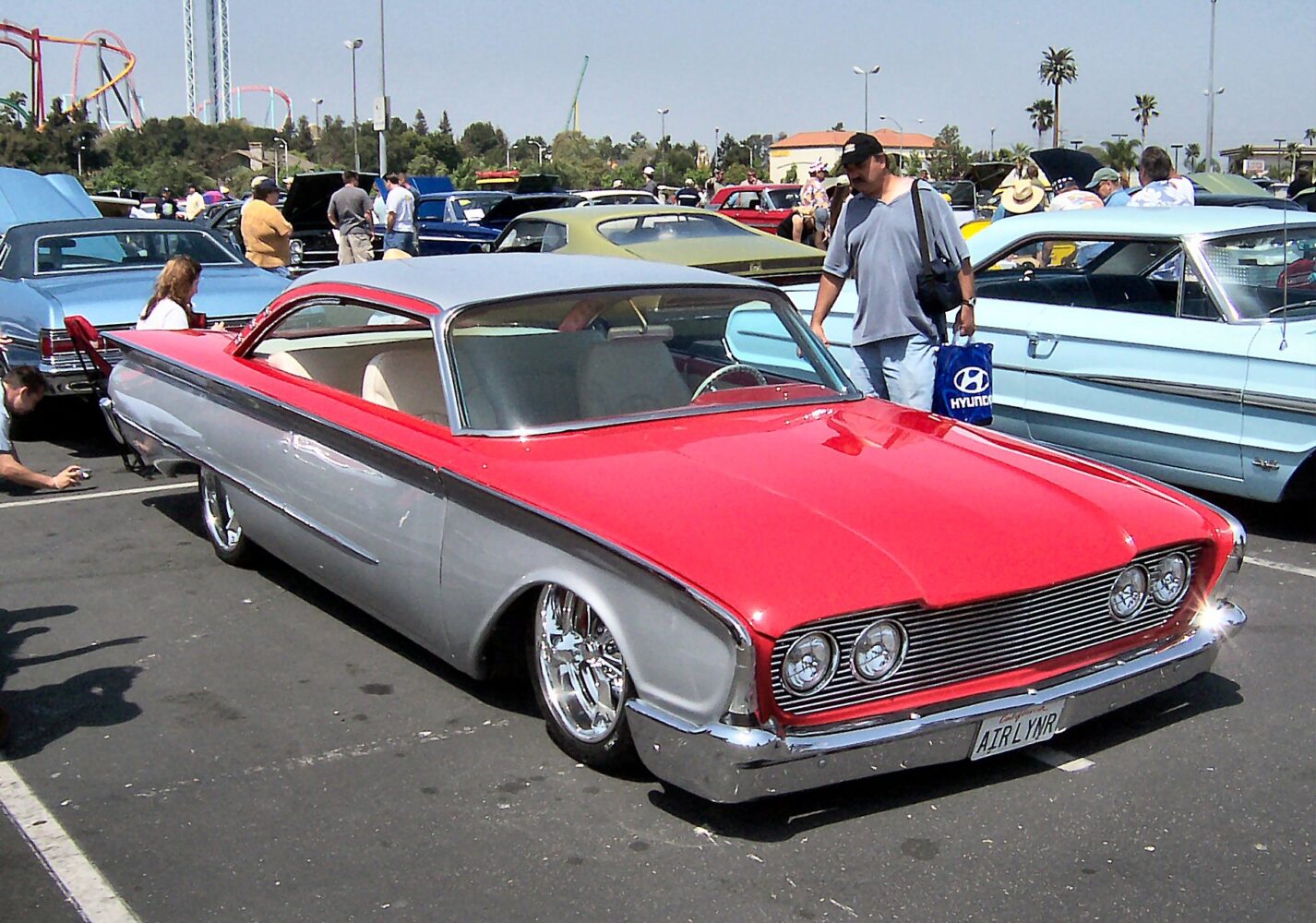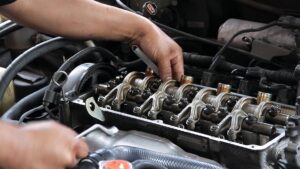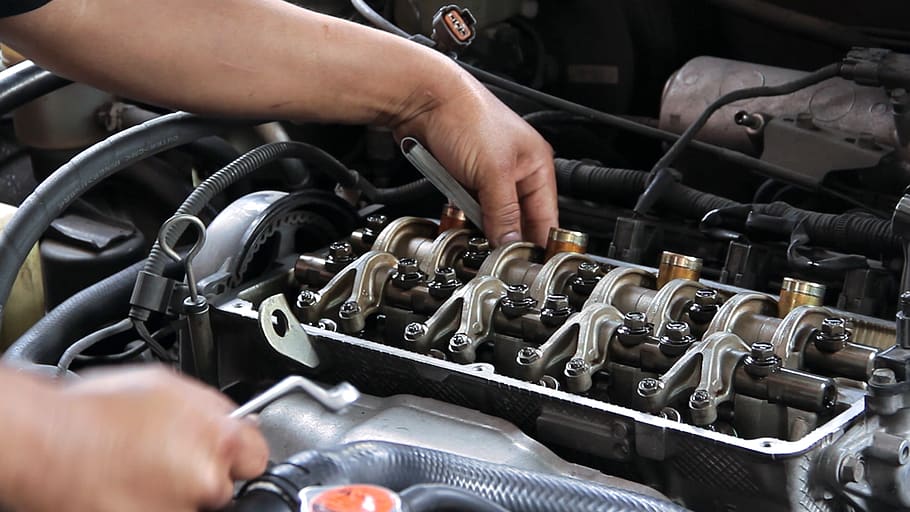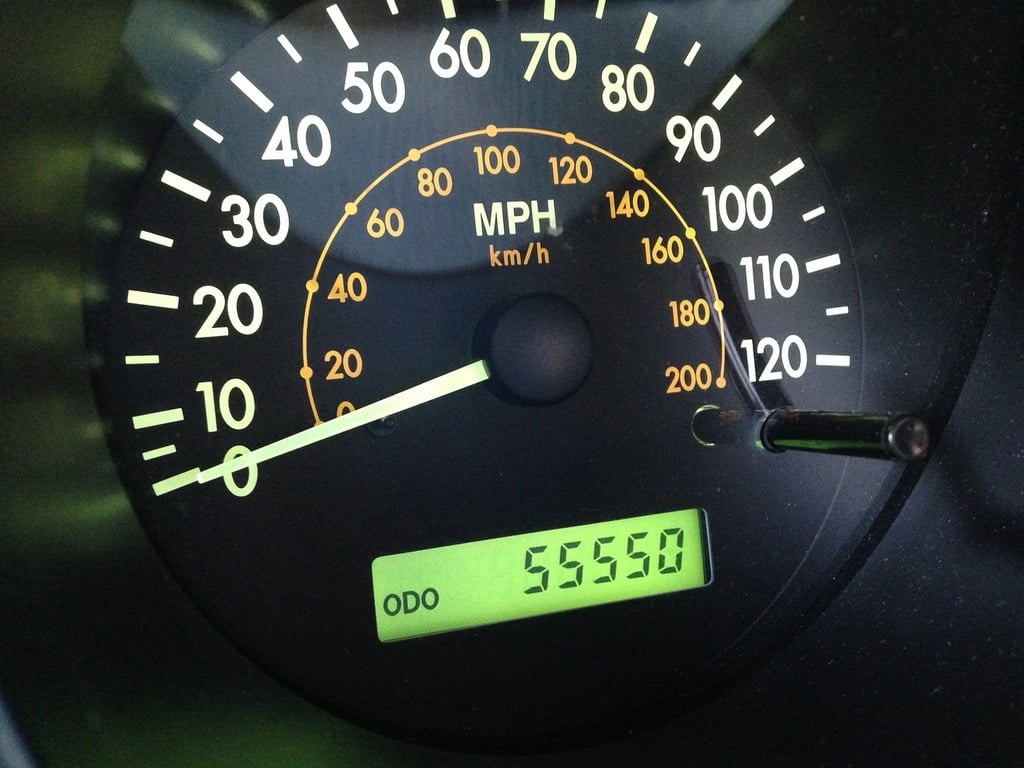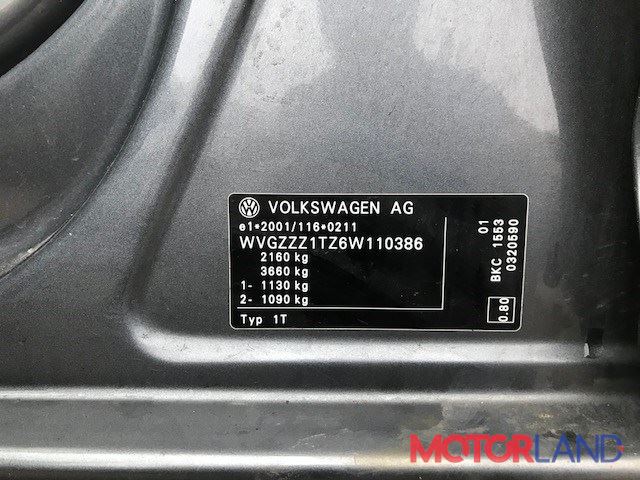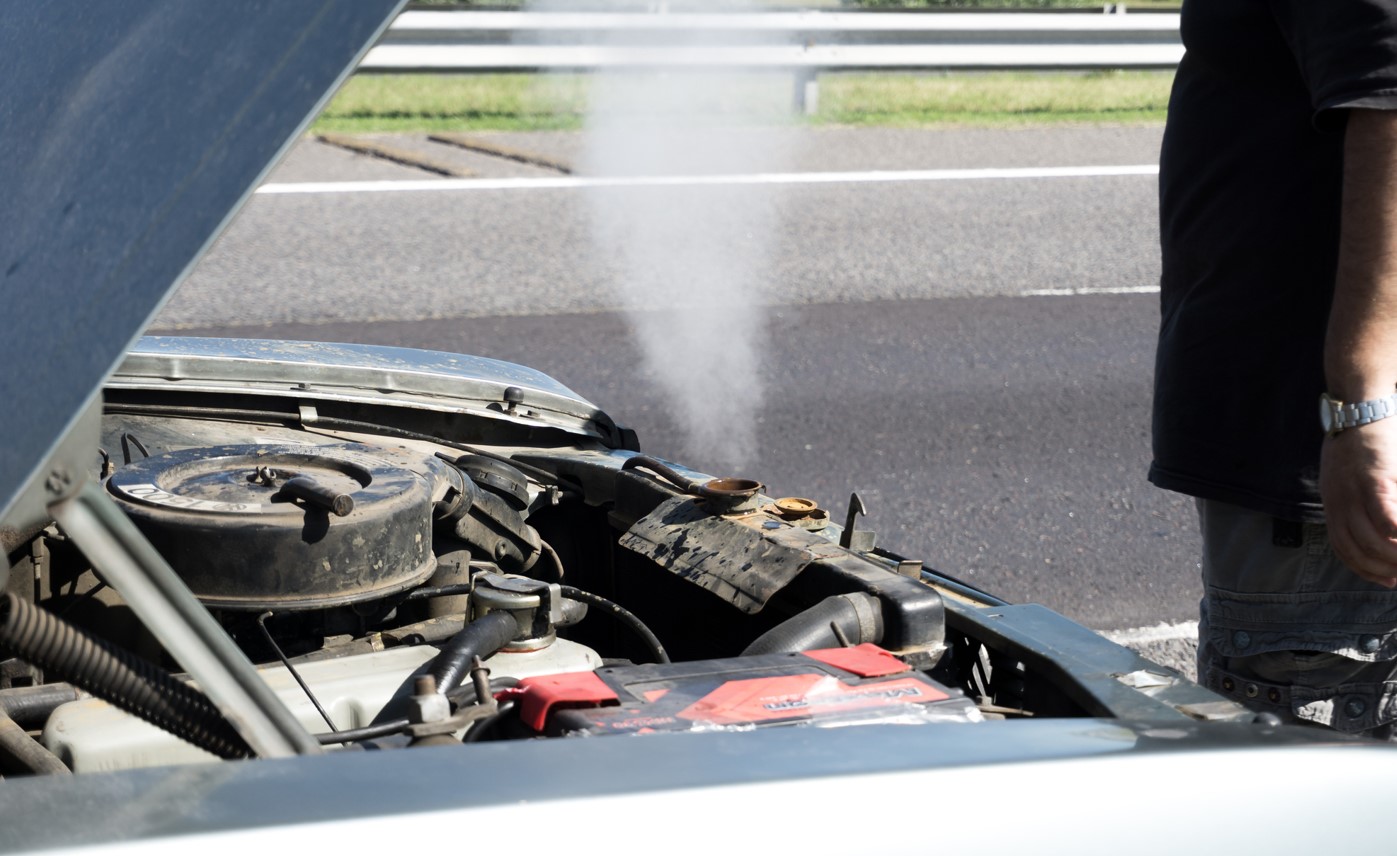So, you’re thinking about adding a lowered classic to your collection? Excellent choice! There’s nothing quite like the stance and style of a vintage ride hugging the asphalt. But before you dive headfirst into the lowrider lifestyle, let’s talk about some potential pitfalls. Buying a lowered classic isn’t as simple as finding the lowest ride and slapping down some cash. There are crucial considerations that can make or break your experience. Are you sacrificing ride quality for looks? Is the lowering job done correctly, or is it a cobbled-together mess waiting to fall apart? This guide will arm you with the knowledge to navigate the lowered classic car market and avoid common mistakes that can turn your dream car into a nightmare.
Key Takeaways:
- Understand the difference between lowering methods: Springs, hydraulics, air suspension – they all have pros and cons. Choose what suits your needs and driving style.
- Inspect the quality of the lowering job: Look for proper installation, quality components, and no signs of damage or wear.
- Consider the impact on ride quality and handling: Lowering can significantly alter the driving experience. Make sure you’re comfortable with the changes.
- Check for clearance issues: Ground clearance, tire rub, and exhaust scraping are common problems with lowered cars. Be aware of them.
- Factor in maintenance and repair costs: Lowered cars can require more frequent maintenance and specialized repairs.
- Don’t sacrifice safety for style: Ensure the lowering job is done safely and doesn’t compromise the car’s structural integrity.
Understanding the Basics of Lowered Cars
Lowering a car essentially means reducing the distance between the chassis and the road. This is typically achieved through modifications to the suspension system. Think of it like this: your classic car’s suspension is like its legs. Lowering it is like shortening those legs. While it might look cool, it also changes how the car walks (or, in this case, drives). There are several methods to achieve this:
- Lowering Springs: These replace the factory springs with shorter, stiffer ones. It’s a relatively simple and affordable method, but it can compromise ride quality.
- Coilovers: These are adjustable suspension units that combine a spring and shock absorber into one unit. They offer more control over ride height and damping, but they’re also more expensive.
- Air Suspension (Airbags): This system uses inflatable airbags to control ride height. It offers the most adjustability and can provide a comfortable ride, but it’s also the most complex and expensive option.
- Hydraulics: A classic lowrider staple, hydraulics use hydraulic cylinders to raise and lower the car. While iconic, they require significant maintenance and can impact handling.
Each method has its own set of advantages and disadvantages, and the best choice depends on your budget, driving style, and desired level of adjustability.
Importance and Implications
Why does lowering matter to a classic car collector? Well, beyond the obvious aesthetic appeal, lowering can significantly impact the car’s handling, ride quality, and overall driving experience. A properly lowered car can improve cornering and reduce body roll, making it more fun to drive on twisty roads. However, a poorly executed lowering job can result in a harsh ride, reduced ground clearance, and even damage to the car’s chassis. Imagine your prized ’67 Mustang scraping its exhaust on every speed bump – not a pretty picture, is it? Furthermore, modifications can affect the car’s value, especially if they deviate significantly from the original factory specifications. It’s a balancing act between personalization and preservation.
Practical Applications or Strategies
So, how do you navigate the world of lowered classics? Here’s some practical advice:
- Do your research: Before you even start looking at cars, educate yourself on the different lowering methods and their implications. Understand the pros and cons of each option and how they might affect your specific car model.
- Inspect the car thoroughly: Pay close attention to the suspension components, looking for signs of damage, wear, or improper installation. Check for tire rub, exhaust scraping, and any other clearance issues.
- Test drive the car: Get a feel for how the car handles and rides. Is it comfortable? Does it feel stable and controlled? Are there any unusual noises or vibrations?
- Talk to the previous owner: Ask about the lowering job, including who performed it, what components were used, and any maintenance or repairs that have been done.
- Get a professional inspection: Before you commit to buying a lowered classic, have it inspected by a qualified mechanic who specializes in classic cars. They can identify any potential problems and give you an unbiased assessment of the car’s condition.
Expert Insights or Case Studies
I once worked on a ’69 Camaro that had been lowered using a cheap set of lowering springs. The owner was complaining about a harsh ride and poor handling. Upon inspection, we discovered that the springs were not properly matched to the car’s weight, and the shocks were completely worn out. The result was a bouncy, unstable ride that was downright dangerous. After replacing the springs with a quality set of coilovers and upgrading the shocks, the car’s handling and ride quality were dramatically improved. This case highlights the importance of using quality components and ensuring that the lowering job is done correctly.
Understanding Suspension Geometry
Lowering a car throws off the factory suspension geometry. This means the angles of the control arms, tie rods, and other suspension components are no longer optimal. This can lead to bump steer (where the steering wheel jerks when you hit a bump), increased tire wear, and reduced handling performance. To correct this, you may need to install adjustable control arms, tie rod ends, or other components to restore the proper suspension geometry. This is especially important for cars that have been lowered significantly.
The Importance of a Proper Alignment
After any suspension modification, including lowering, it’s crucial to get a proper wheel alignment. This ensures that the wheels are pointing in the correct direction relative to each other and the car’s chassis. A proper alignment will improve handling, reduce tire wear, and ensure that the car tracks straight. Don’t skip this step! A poorly aligned lowered car is a recipe for disaster.
Conclusion:
Buying a lowered classic car can be a rewarding experience, but it’s important to be aware of the potential pitfalls. By understanding the basics of lowering, inspecting the car thoroughly, and seeking expert advice, you can avoid common mistakes and ensure that your lowered classic is a joy to drive and own. Remember, it’s not just about the looks – it’s about the overall driving experience and the long-term health of your car.
Frequently Asked Questions:
What is lowering a car?
Lowering a car involves reducing the ride height, or the distance between the car’s chassis and the road, typically by modifying the suspension system.
Why is lowering important for Classic car collectors?
Lowering can enhance the aesthetic appeal and handling of a classic car, but it’s crucial to do it correctly to avoid compromising ride quality, safety, or the car’s value.
How can I apply the concepts of lowering in my context?
Research different lowering methods, inspect cars thoroughly, test drive before buying, and consult with a qualified mechanic specializing in classic cars.
Where can I learn more about lowering cars?
Online forums dedicated to classic cars, automotive magazines, and books on suspension tuning are great resources. Also, consider joining a local car club and talking to experienced enthusiasts.


